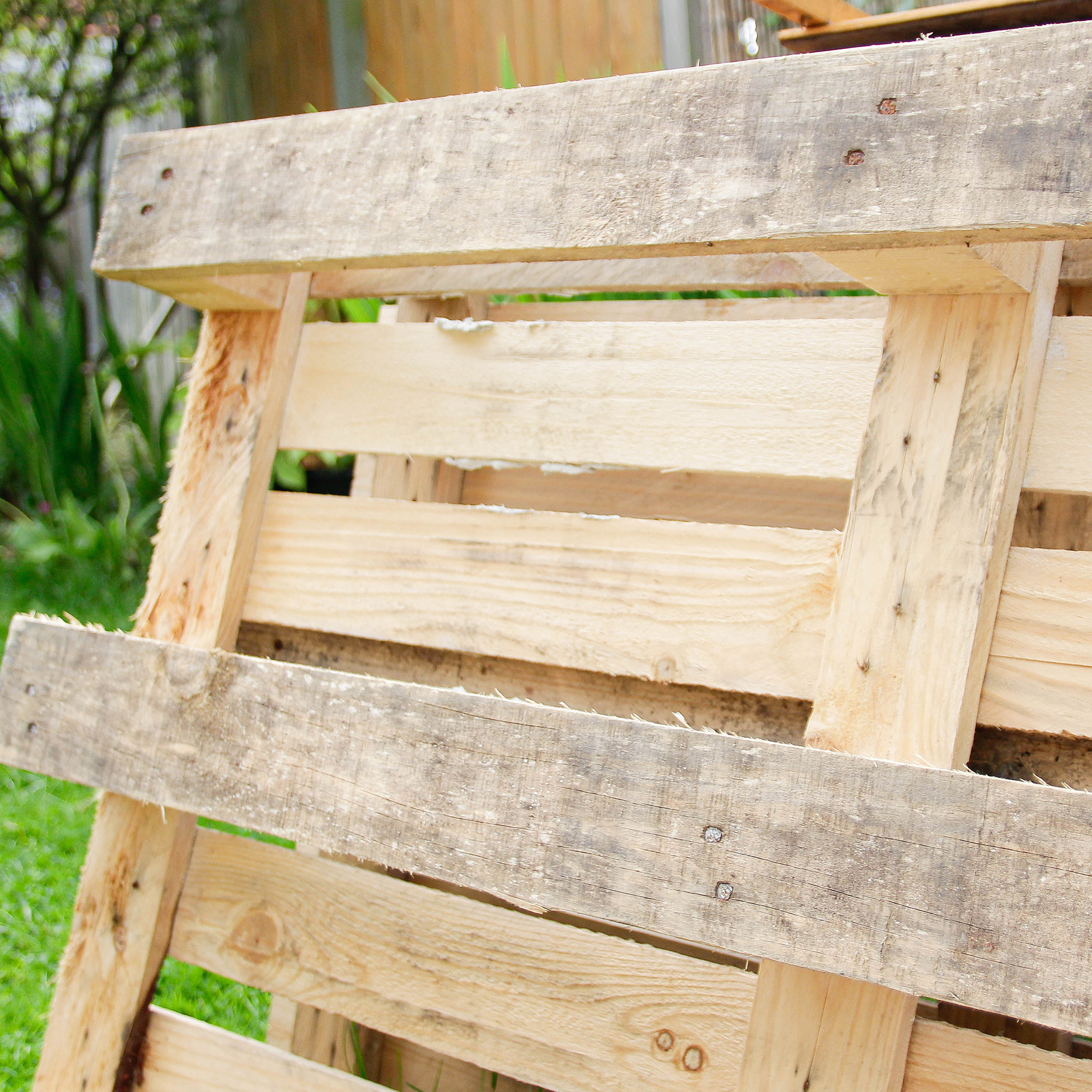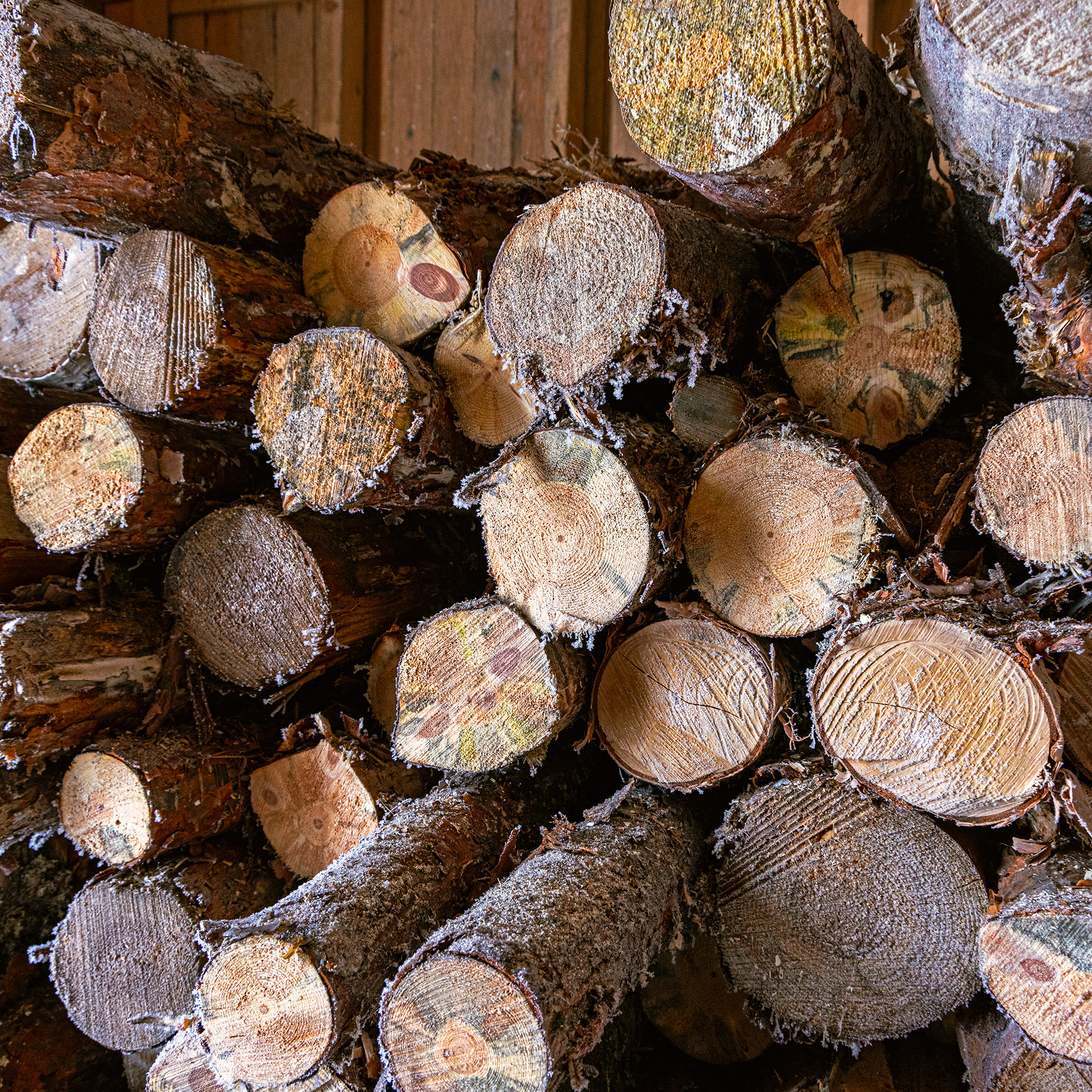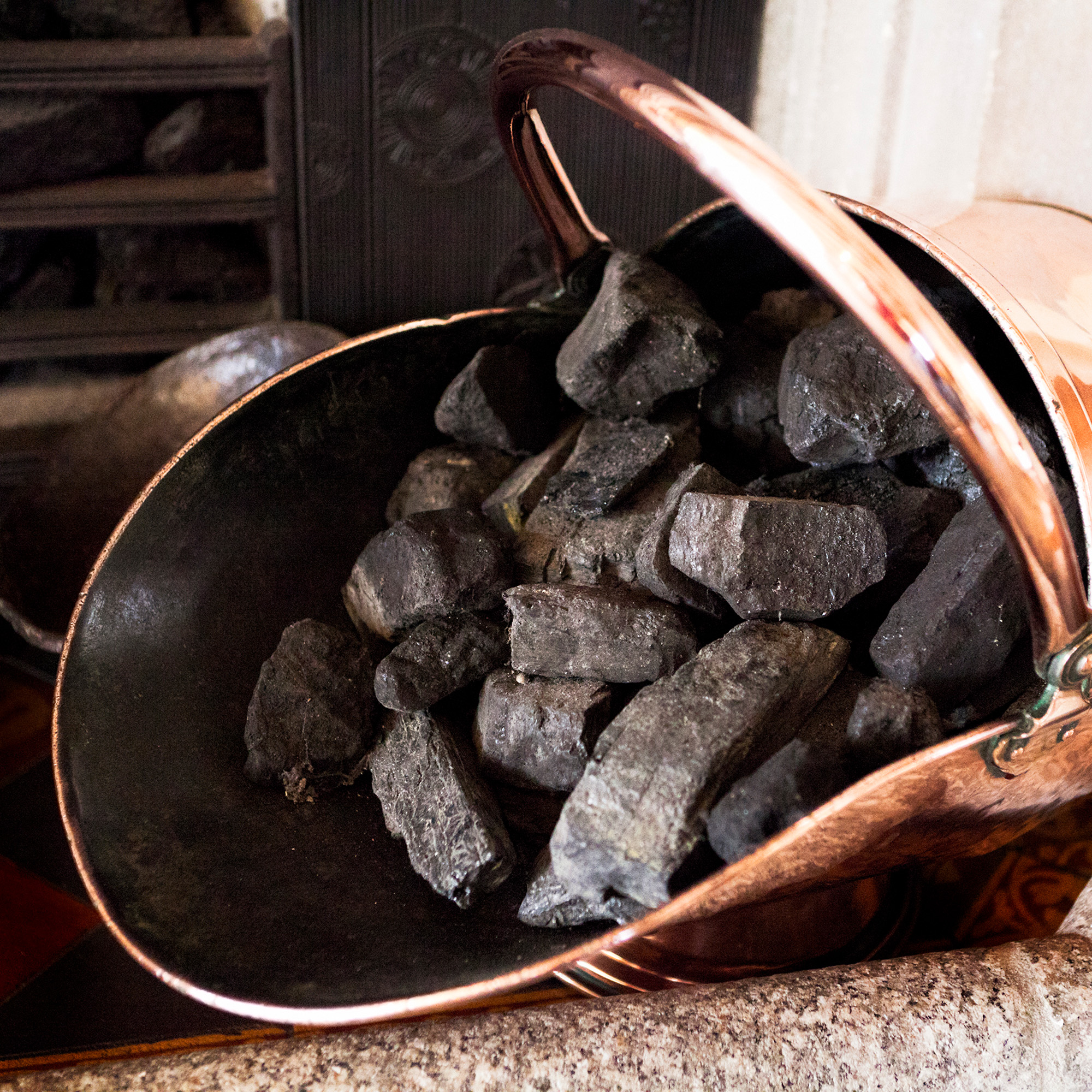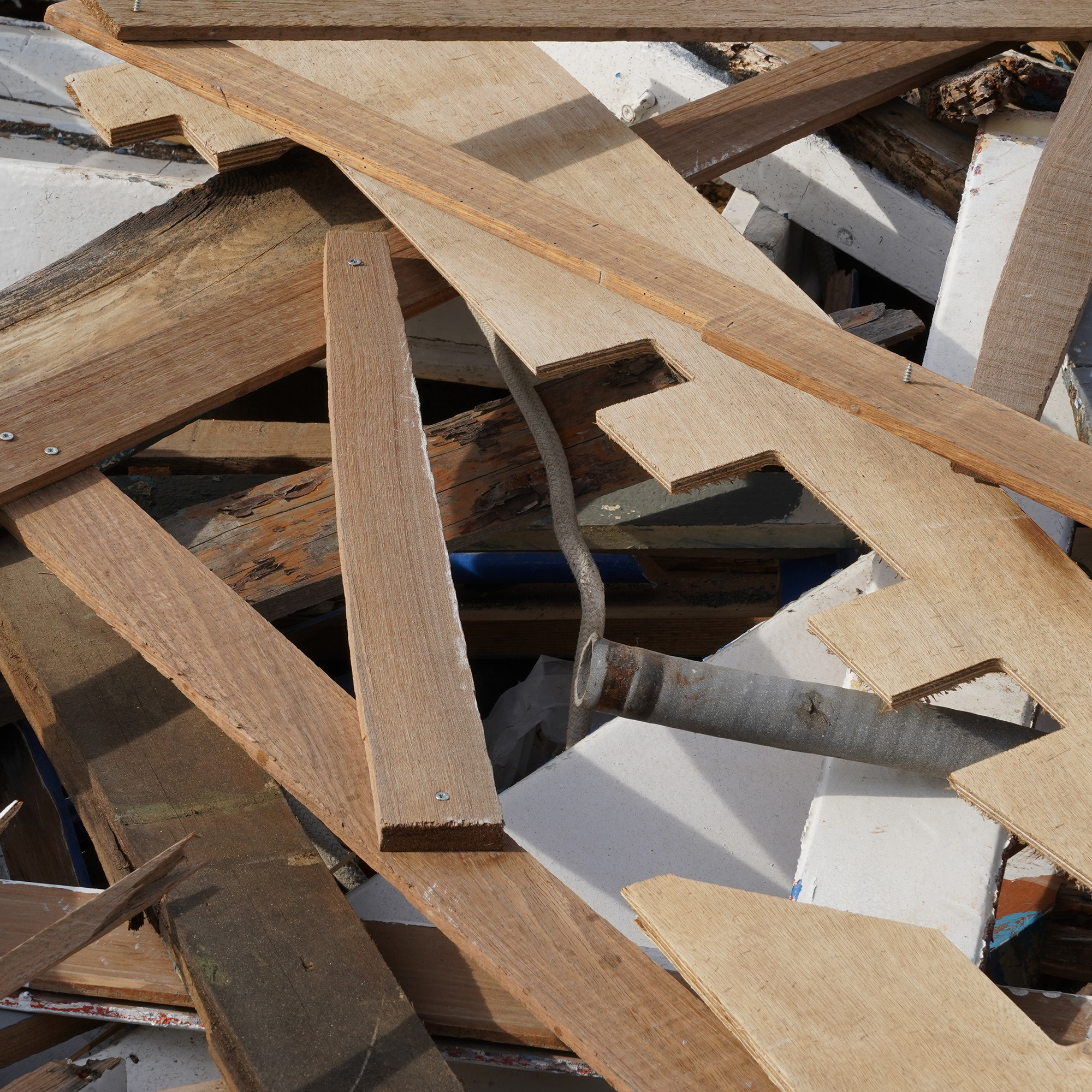What you can and can't burn in a multi-fuel stove – the 5 things you should always avoid and what to use instead
Keep cosy and warm with the correct fuel choices


With the first frost on its way, now is the time to think about lighting your first fire of the winter. While you can burn more than just wood in a multi-fuel stove, this doesn't mean that you can burn everything.
Just like with wood-burning stove, burning the wrong fuel in your multi-fuel stove can have catastrophic effects, including: starting a chimney or roof fire; poisoning your family and pets; or inadvertently breaking the law. You could be fined up to £1,000 for burning the wrong thing.
To help, we've asked the experts for their guidance on what you can and can't burn in a multi-fuel stove, including the less obvious things you should never burn.
What can I burn on a multi-fuel stove?
As their name suggests, you can burn more than just wood logs on a multifuel stove. Options include briquettes, smokeless coal, and manufactured logs (typically made from waste wood or coffee grounds).
This means you have greater flexibility in your fuel type and are able to pivot in response to sales or discounts – making it more affordable to heat your home. However, as with anything, sometimes it's easier to know what not to burn and what to use instead with these types of burners, so you don't put a foot wrong.
What you should never burn in a multi-fuel stove
1. Paper

Newspaper is often heralded as a good alternative to firelighters, and this can work if you're in a pinch and trying to keep your house warm in the winter. However, you should keep the quantities to a minimum and only apply them to black-and-white printed newspapers. 'As tempting as it can be to throw an old newspaper on the stove, both cause soot and blacken the glass in your stove, meaning you won’t be able to enjoy watching the flames and will have more cleaning to do at the end of the season,' explains Phil Wood, UK managing director of Contura, advises against it.
Any colour printed paper should be avoided due to the chemicals and fumes released when the ink burns. 'Magazines, catalogues, and some junk mail contain chemicals that can release toxic fumes when burned. Gift wrap, construction paper, and coloured cardboard in particular often contain heavy metals in their dyes,' explains experts from Firewood Fund. 'Burning these can release toxic substances into the air.'
Sign up to our newsletter for style inspiration, real homes, project and garden advice and shopping know-how
You should never burn large quantities of paper – news or otherwise – in your multifuel stove. 'Paper burns very quickly and can create intense, erratic flames. This can cause the stove to overheat, potentially damaging the appliance or even starting a fire in your home,' says experts from Burn Firewood. It can also cause a buildup of creosote in your chimney, which in turn increases your risk of a chimney fire.
To ensure you always have a firelighter to hand, buy in bulk. This box of 200 wood wool firelighters from Amazon is more than enough to see you through the winter.
2. Pallets

Pallets can seem like an easy and cost-effective fuel source for a stove –they are often readily available for free on sites like Freecycle.
However, many pallets – those marked MB – are treated with methyl bromide to prevent decay and infestations. When burned, methyl bromide produces highly toxic fumes which will be released into your living room and potentially seriously harm your family. The fumes will also be released into the atmosphere through the chimney, causing more environmental damage.
Some pallets are heat-treated or kiln-dried rather than being treated with methyl bromide, but these should also not be burned indoors, as you don't know what other chemicals they have come into contact with.
'Wooden pallets that are contaminated in any way, whether with paint, dirt, oil, or other unknown substances, should not be burned, as anything on the wood could be released into the air as it burns,' advises experts from Alpha Pallets.
Even if you can confirm that the wood is completely unaffected, it still doesn't make good firewood, and you shouldn't burn this type of wood in a woodburner or a multi-fuel stove. 'Pallet wood is very dry and smaller than typical firewood, meaning that any fire made using wood from pallets will burn big and hot – not what you want in an indoor fireplace. It also burns fast, so the fire will burn out quickly and need regular refilling, so you may need more wood than you expect to supply your fire,' explains experts from Alpha Pallets.
For a more cost-effective alternative, consider purchasing briquettes, like these from Lekto on Amazon – which have an 8-hour burn compared to the four hours of traditional logs. You could then put your pallets to good use and create pallet garden furniture.
3. Wet wood

Wet wood is one of the types of wood you should never use in a wood burner – and this also applies to a multi-fuel stove.
'It’s important to burn only dry wood. If wet wood is used, the smoke produced will increase maintenance and repair needs, making it harder for chimney sweeps to keep your installation in a safe, effective condition,' explains Douglas Kent, technical and research director at the Society for the Protection of Ancient Buildings. Burning wet wood can also increase your risk of chimney fires.
There is also an environmental cost to burning wet wood. 'Burning dry wood is also part of the solution to reducing the environmental impact of solid-fuel heating. Small retail bags of firewood logs can contain wet wood, so they are unsuitable for burning without further seasoning,' adds Douglas.
When buying logs, look for the 'Ready to Burn' logo – like these from Amazon – to ensure that they are a suitable fuel for your multi-fuel stove. ‘Using kiln-dried wood or wood with a moisture content below 20 per cent will generate the correct heat and the best flame, ensuring maximum efficiency and minimising smoke,' advises Phil Wood, UK managing director of Contura.
Always test your wood before use – a moisture meter, like this from Amazon, is an easy and cost-effective way to ensure that your wood is always dry enough to burn.
4. House coal

Go back 60 years, and coal would've been the go-to fuel for heating our homes. However, since 2023, it has been illegal to sell house coal for use in the home. This is due to concerns about the pollution it produces and the negative health implications. If you live in a smoke control area and burn house coal, you could see yourself fined £300 for emitting too much smoke.
House coal is likely too difficult to source, but it is always worth double-checking that any coal you buy is classed as Smokeless Coal – like this from Amazon – which has been deemed safe to use.
You should never burn any coal in a wood burner – coal should only be burnt in multi-fuel designs.
5. Polished, treated, painted or varnished wood

Any wood that has been treated or coated with chemicals should never be burnt. This includes waste furniture, MDF, laminate, particle board and any form of composite wood. This is because the chemical coats or glues used in the construction of these products can release toxic fumes when burnt.
Like printed paper and pallet wood, they also burn unreliably and will create a lot of smoke, increasing your risk of chimney fires.
a multi-fuel stove is a joy to have on a cold winters day when used correctly, just make sure you're taking care to only use the correct fuel in it.

Holly is one of Ideal Home’s content editors. Starting her career in 2018 as a feature writer and sub-editor for Period Living magazine, she has continued this role also adding regular features for Country Homes & Interiors and the Ideal Home website to her roster. Holly has a passion for traditional and country-inspired interiors – especially kitchen design – and is happiest when exploring the countryside and hills of the Lake District. A keen gardener, she is a strong believer that you can never have too many houseplants.
You must confirm your public display name before commenting
Please logout and then login again, you will then be prompted to enter your display name.